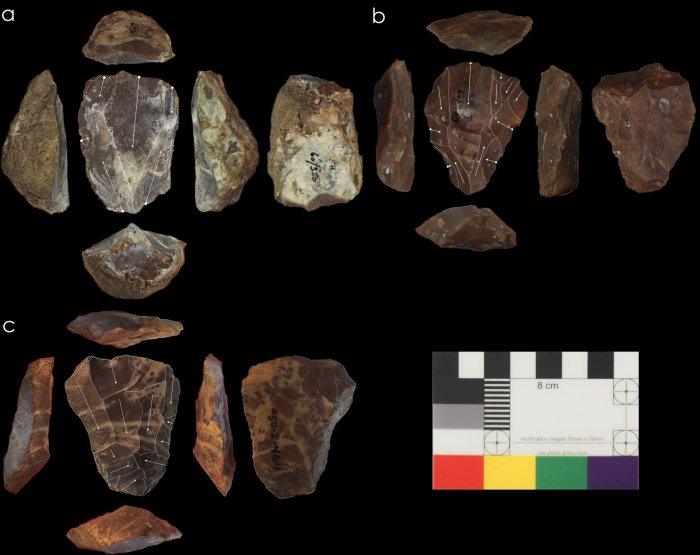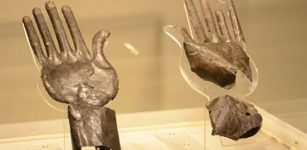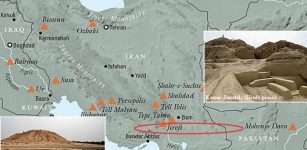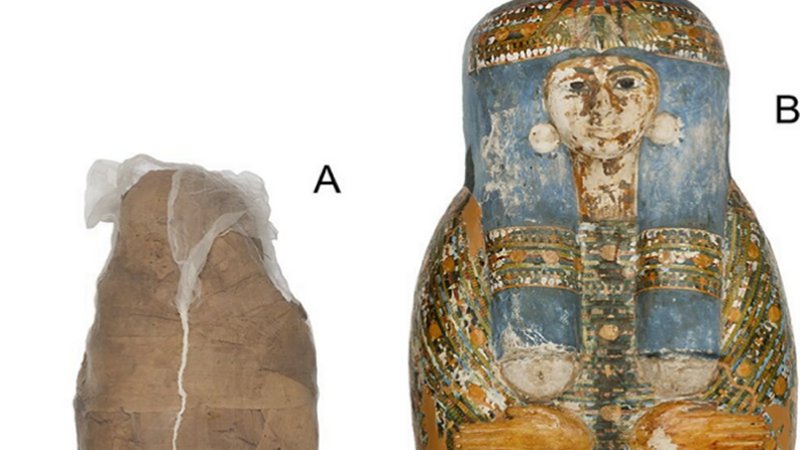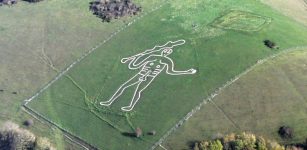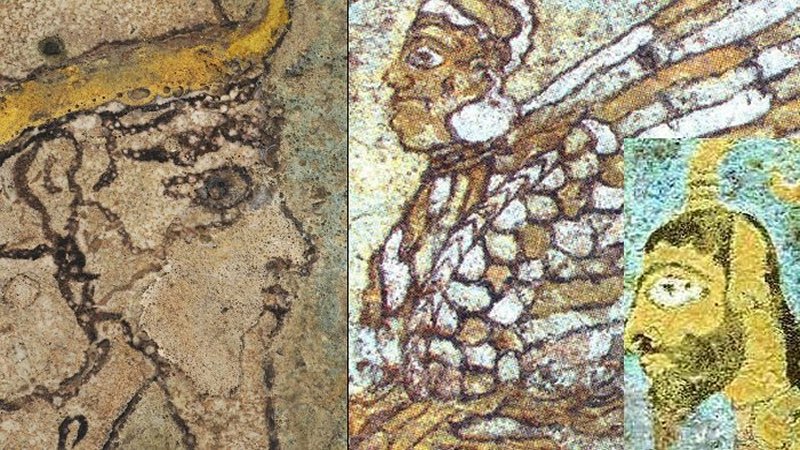Startling Discovery Of Nubian Levallois Technology In Shukbah Cave Re-Writes Ancient History Of Neanderthals And Homo Sapiens
Jan Bartek – MessageToEagle.com – Evidence the Neanderthals were by no means as primitive as previously thought has been encountered once again.
Re-examination of archaeological discoveries made in the Shukbah Cave in the western Judaean Mountains confirms Neanderthals used Nubian Levallois technology, previously thought to be restricted to Homo Sapiens.
The view from Shukbah Cave. Credit: Amos Frumkin
With a high concentration of cave sites harboring evidence of past populations and their behavior, the Levant is a major center for human origins research. For over a century, archaeological excavations in the Levant have produced human fossils and stone tool assemblages that reveal landscapes inhabited by both Neanderthals and Homo sapiens, making this region a potential mixing ground between populations.
Distinguishing these populations by stone tool assemblages alone is difficult, but one technology, the distinct Nubian Levallois method, is argued to have been produced only by Homo sapiens.
In a new study published in Scientific Reports, researchers from the Max Planck Institute for the Science of Human History teamed up with international partners to re-examine the fossil and archaeological record of Shukbah Cave.
Their findings extend the southernmost known range of Neanderthals and suggest that our now-extinct relatives made use of technology previously argued to be a trademark of modern humans.
Long-held in a private collection, the newly analyzed tooth of an approximately nine-year-old Neanderthal child marks the hominin’s southernmost known range.
This study marks the first time the lone human tooth from the site has been studied in detail, in combination with a major comparative study examining the stone tool assemblage.
Although Homo sapiens and Neanderthals shared the use of a wide suite of stone tool technologies, Nubian Levallois technology has recently been argued to have been exclusively used by Homo sapiens. The argument has been made particularly in southwest Asia, where Nubian Levallois tools have been used to track human dispersals in the absence of fossils.
Photos of Nubian Levallois cores associated with Neanderthal fossils. Copyright: UCL, Institute of Archaeology & courtesy of the Penn Museum, University of Pennsylvania. Credit: Blinkhorn, et al.
“Illustrations of the stone tool collections from Shukbah hinted at the presence of Nubian Levallois technology so we revisited the collections to investigate further. In the end, we identified many more artifacts produced using the Nubian Levallois methods than we had anticipated,” says lead author Dr. Jimbob Blinkhorn, formerly of Royal Holloway, University of London and now with the Pan-African Evolution Research Group (Max Planck Institute for the Science of Human History).
“This is the first time they’ve been found in direct association with Neanderthal fossils, which suggests we can’t make a simple link between this technology and Homo sapiens.”
Photo and 3D reconstruction of a tooth of a 9-year-old Neanderthal child. Copyright: Trustees of the Natural History Museum, London. Credit: Blinkhorn, et al.
According to researchers, “Southwest Asia is a dynamic region in terms of hominin demography, behavior and environmental change, and may be particularly important to examine interactions between Neanderthals and Homo sapiens. This study highlights the geographic range of Neanderthal populations and their behavioral flexibility, but also issues a timely note of caution that there are no straightforward links between particular hominins and specific stone tool technologies.”
“Up to now we have no direct evidence of a Neanderthal presence in Africa,” said Prof Chris Stringer of the Natural History Museum.
“But the southerly location of Shukbah, only about 400 km from Cairo, should remind us that they may have even dispersed into Africa at times.”
Written by Jan Bartek – MessageToEagle.com – AncientPages.com Staff Writer


